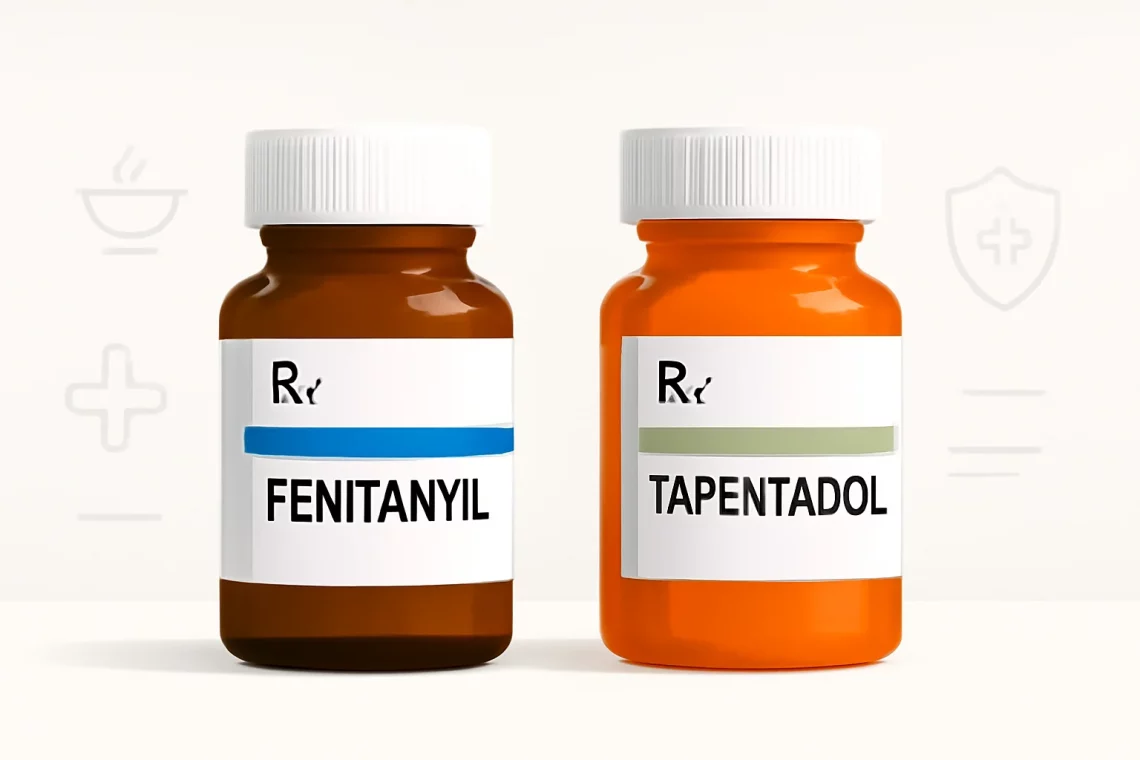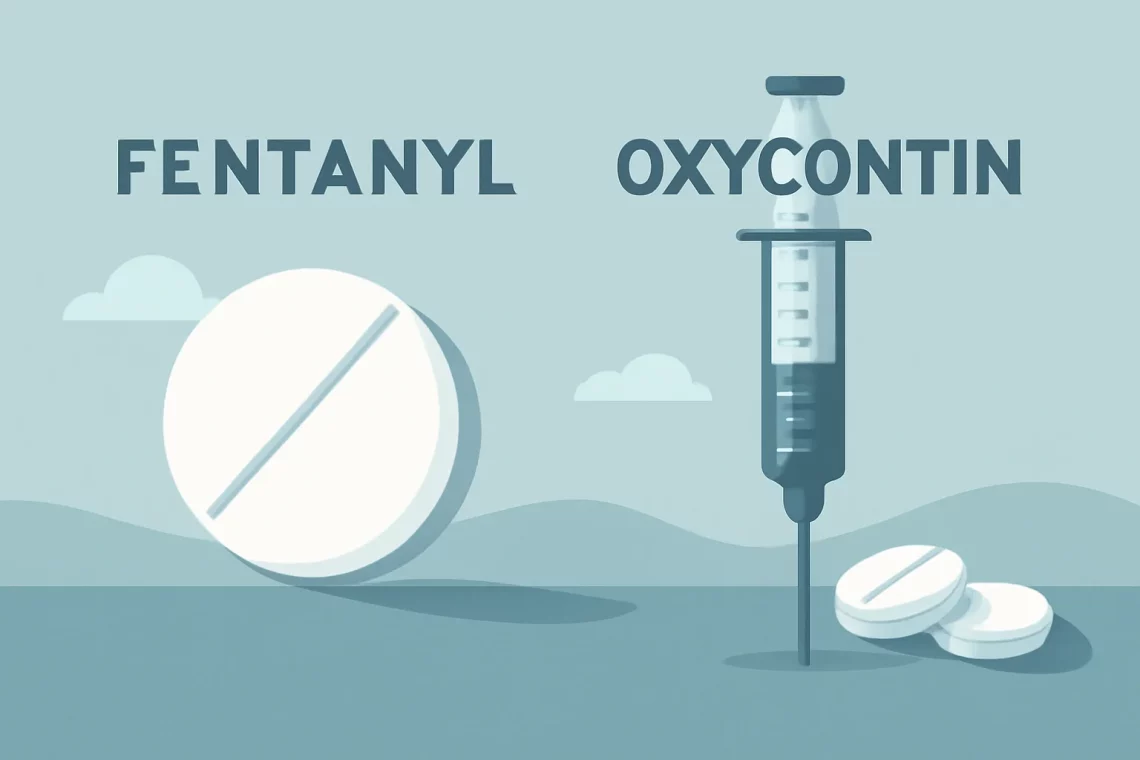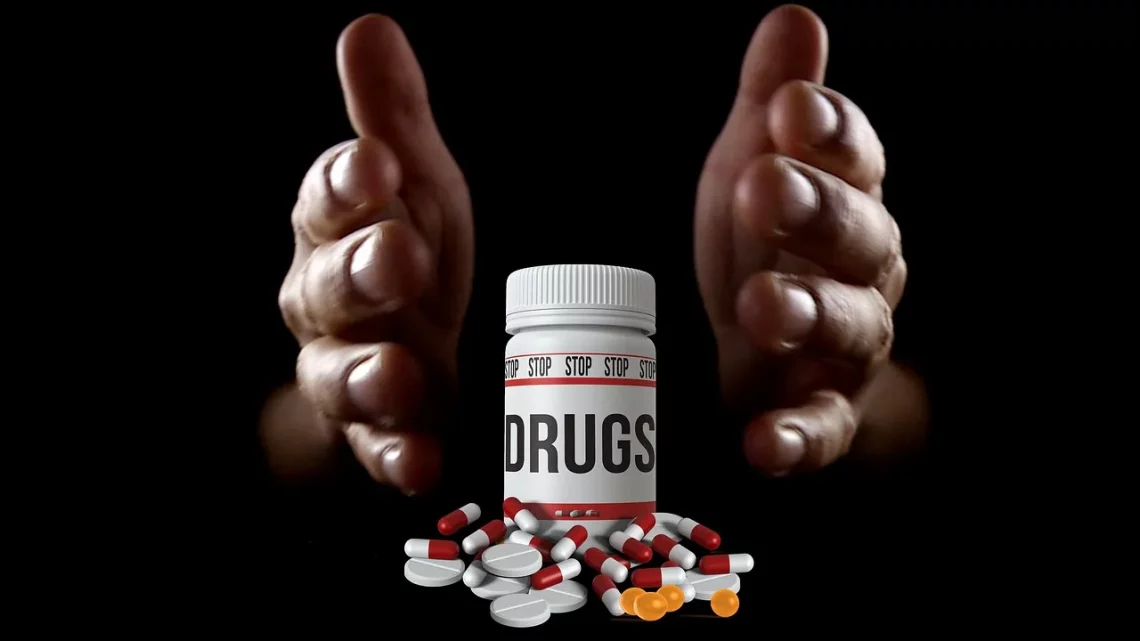-
Fentanyl vs Tapentadol: Key Differences and Comparisons Explained
Fentanyl and tapentadol are two powerful medications often used in pain management, but they differ significantly in their composition, mechanisms of action, and clinical applications. Understanding these differences is crucial for patients, healthcare providers, and anyone involved in pain management. Fentanyl is a synthetic opioid that is typically prescribed for severe pain, particularly in patients who are tolerant to other opioids. It is known for its potency and rapid onset of action, making it a go-to choice in acute pain scenarios, such as post-surgical recovery or cancer-related pain. On the other hand, tapentadol is a relatively newer medication that combines two mechanisms of action: it acts as an opioid analgesic…
-
Naltrexone vs Naloxone: Understanding Their Differences and Uses
Naltrexone and naloxone are two medications that often come up in discussions surrounding addiction treatment and opioid overdose response. Both drugs belong to the class of opioid receptor antagonists, which means they work by blocking the effects of opioids in the brain. While they share some similarities, their uses, mechanisms, and effects differ significantly. Understanding the distinctions between naltrexone and naloxone is crucial for healthcare professionals, patients, and families affected by substance use disorders. The opioid epidemic has made the need for effective treatment options and emergency responses more urgent than ever. As communities strive to combat addiction and reduce the number of opioid-related deaths, these two medications play vital…
-
Fentanyl vs OxyContin: Understanding the Key Differences and Risks
Fentanyl and OxyContin are two powerful medications that belong to the opioid class, commonly used for pain management. Despite their effectiveness, they come with significant risks and potential for abuse. Opioids have been at the forefront of discussions regarding public health, especially given the alarming rise in opioid-related overdoses and deaths. Both fentanyl and OxyContin have been implicated in this crisis, raising important questions about their safety, efficacy, and the contexts in which they are prescribed. Fentanyl is a synthetic opioid that is estimated to be 50 to 100 times more potent than morphine. It is often used in medical settings for severe pain management, particularly in patients who are…
-
Exploring the Appeal of Marlboro Ultralight Cigarettes
The world of tobacco products is vast and varied, with each brand and type catering to a specific demographic. Among these, Marlboro cigarettes have carved out a significant niche, becoming synonymous with both quality and lifestyle. Among their extensive range, Marlboro Ultralight cigarettes stand out due to their unique blend and appeal. These cigarettes are often sought after by those who appreciate a milder smoking experience without compromising on the brand’s renowned quality. Marlboro Ultralight cigarettes are designed to provide a smoother inhalation, making them an attractive option for both new smokers and those who prefer a less intense flavor. This specific product line has captured the attention of consumers…
-
How Long Does Valium Stay in Your System? Insights and Facts
Valium, also known by its generic name diazepam, is a medication commonly prescribed for a variety of conditions, including anxiety, muscle spasms, and seizures. As a member of the benzodiazepine family, it functions by enhancing the effects of a neurotransmitter called gamma-aminobutyric acid (GABA), which has a calming effect on the brain and nerves. While Valium can be highly effective in managing symptoms, questions often arise regarding how long it remains detectable in the body. This concern is particularly relevant for individuals undergoing drug testing, whether for employment, legal reasons, or medical evaluations. Understanding the pharmacokinetics of Valium can help users be more informed about its duration in the system.…
-
How Long Does Valium Stay in Your System?
Valium, known generically as diazepam, is a medication that falls under the category of benzodiazepines. It is commonly prescribed for a variety of conditions, including anxiety, muscle spasms, and seizures. The medication is also used to manage withdrawal symptoms from alcohol and to provide sedation for medical procedures. Given its wide range of applications, many individuals may find themselves wondering about the duration of its effects and how long it stays in their system. Understanding the pharmacokinetics of Valium can be crucial for patients, healthcare providers, and anyone undergoing drug testing. The body’s metabolism, the route of administration, and individual health factors can all influence how long this medication remains…
-
Can Dentists Detect Marijuana Use During Dental Checkups?
The intersection of dental health and lifestyle choices is often overlooked, yet it plays a significant role in overall well-being. As societal attitudes towards substances like marijuana evolve, more individuals are incorporating its use into their daily lives. This shift raises questions about its implications on health, particularly oral health, and whether dental professionals can identify signs of marijuana use during routine checkups. During dental examinations, practitioners are trained to observe various indicators that may signal lifestyle choices, including substance use. Understanding how marijuana affects oral health can help both dentists and patients navigate the complexities of dental care in the context of recreational or medicinal marijuana use. For many,…
-
The Hidden Dangers of Popping Pills: What You Need to Know
The modern world is increasingly reliant on pharmaceuticals to manage health and well-being. From over-the-counter pain relievers to prescription medications for chronic conditions, popping pills has become a common practice for many individuals seeking quick relief. However, while these medications can offer immediate benefits, they also come with a host of hidden dangers that are often overlooked. Society tends to underestimate the potential risks associated with the frequent use of these drugs, leading to a cycle of dependency and adverse health effects. Many people are unaware of the long-term consequences of their pill-popping habits, which can include anything from minor side effects to severe complications. This oversight is exacerbated by…
-
The Hidden Dangers of Popping Pills: What You Need to Know
The ease of access to prescription and over-the-counter medications has transformed the landscape of healthcare and self-treatment. In a world where popping a pill is often seen as the quickest solution to ailments ranging from headaches to anxiety, the allure of instant relief can overshadow the potential risks involved. While many individuals may perceive medications as benign, the reality is that even common drugs can harbor hidden dangers. The practice of self-medication can lead to serious consequences, including dependency, adverse side effects, and interactions with other substances. As we navigate the complexities of modern health, it’s crucial to understand that every pill comes with its own set of risks. The…
-
Exploring the Connection Between Masturbating and Being High
Masturbation and the use of substances such as cannabis have long been subjects of interest and speculation among researchers, psychologists, and the general public alike. The interplay between these two activities raises intriguing questions about human behavior, pleasure, and the ways in which various substances can alter our experiences. As society becomes more open-minded about discussions surrounding sexuality and substance use, understanding the nuanced relationship between these two phenomena offers valuable insights into human nature. Both masturbation and the consumption of psychoactive substances have been linked to various physiological and psychological effects, including relaxation, heightened sensory perception, and altered states of consciousness. These effects can create a unique synergy when…







































